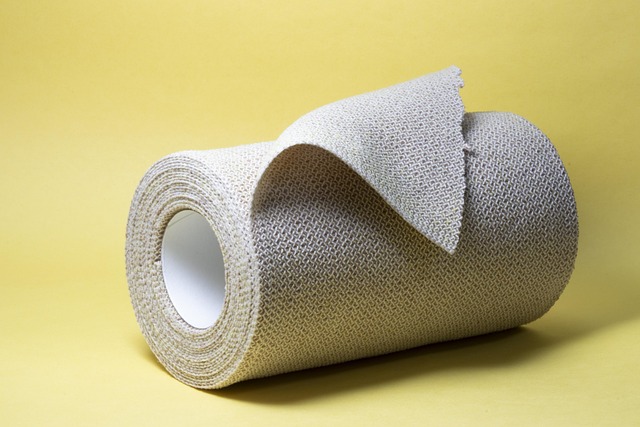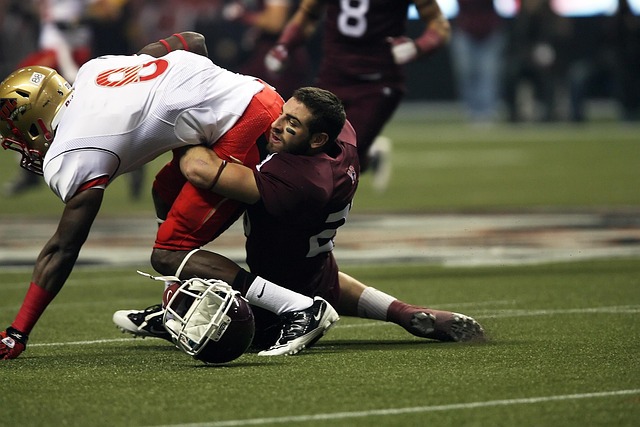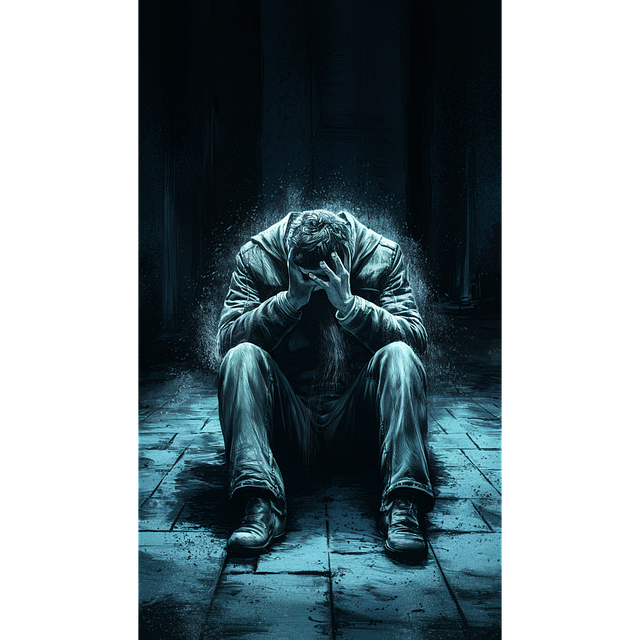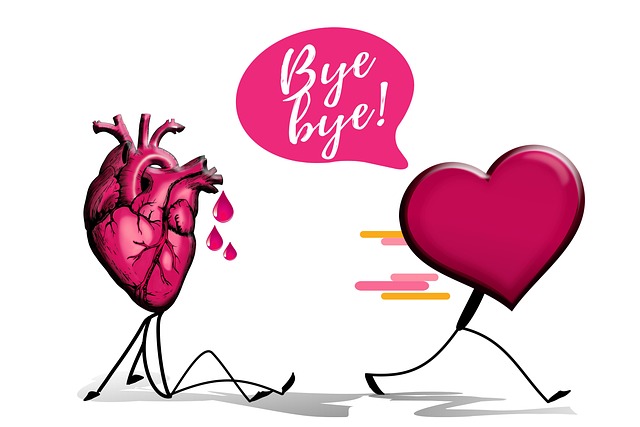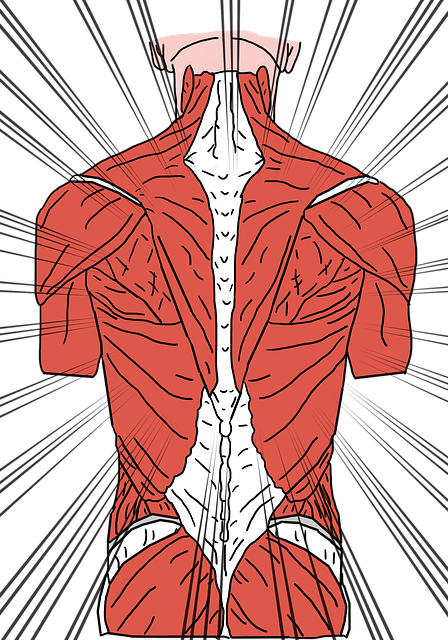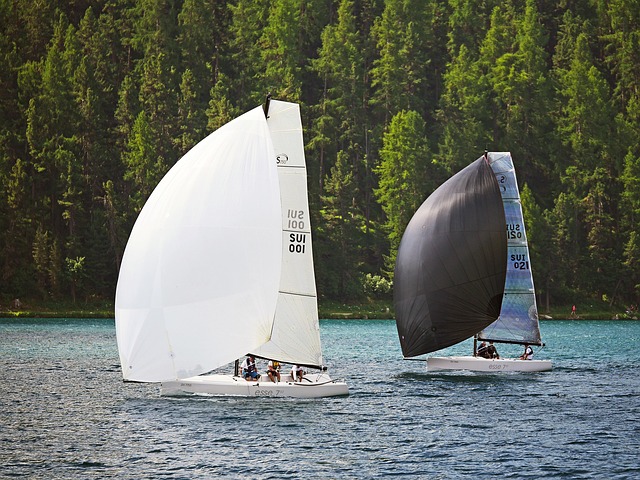Upper back tightness after a rear-end accident is common due to muscle strains and spasms caused by impact. Chiropractic care provides an effective, natural solution by diagnosing and treating musculoskeletal disorders related to automotive collisions. Chiropractors use techniques like spinal adjustments, soft tissue therapy, and exercise prescription to alleviate symptoms, restore function, prevent long-term issues, and promote holistic well-being for accident victims. By focusing on manipulating the spine and joints, this non-invasive treatment reduces inflammation, improves nerve function, and promotes healing in the upper back region. Prevention strategies include good posture, regular physical activity, daily stretching routines, and ergonomic furniture to avoid chronic pain from accidents.
Experiencing upper back tightness after a rear-end accident can be debilitating. This sudden impact often leads to muscle strains and spasms, affecting your range of motion and causing persistent discomfort. In this article, we’ll explore the causes and implications of upper back tightness post-accident. We’ll delve into the role of chiropractic care as a natural, effective treatment option for relieving pain and restoring function. Additionally, discover valuable recovery and prevention strategies to promote long-term upper back health, focusing on chiropractic care for accident-related upper back pain.
- Understanding Upper Back Tightness After a Rear-End Accident
- Chiropractic Care: A Natural Approach to Relief
- Recovery and Prevention Strategies for Long-Term Health
Understanding Upper Back Tightness After a Rear-End Accident

Upper back tightness after a rear-end accident is a common issue that affects many individuals. When involved in such an incident, the force of the impact can cause muscle strains and spasms in the upper back region. This discomfort may manifest as a tight sensation, reduced range of motion, or sharp pain that radiates to the shoulders and arms. Understanding the mechanisms behind this condition is crucial for effective management and recovery.
Chiropractic care has emerged as a valuable option for those seeking relief from upper back pain post-accident. Chiropractors are trained to assess and diagnose musculoskeletal disorders, including those resulting from automotive collisions. They employ various techniques, such as spinal adjustments, soft tissue therapy, and exercise prescription, to alleviate tension, restore function, and promote healing in the affected area. This holistic approach not only addresses the symptoms but also focuses on preventing long-term complications and enhancing overall well-being.
Chiropractic Care: A Natural Approach to Relief

Chiropractic care offers a natural and effective approach to managing upper back tightness resulting from rear-end accidents. Chiropractors are trained to assess and diagnose spinal misalignments, known as subluxations, which can contribute to chronic pain and discomfort. Through hands-on adjustments, they aim to restore the body’s natural balance and mobility, providing much-needed relief for accident victims suffering from upper back pain.
This non-invasive treatment focuses on the manipulation of the spine and joints, targeting specific areas affected by the accident. Regular chiropractic sessions can help reduce inflammation, improve nerve function, and promote healing in the upper back region. By addressing the underlying causes of tightness, this natural method provides a long-term solution for those seeking to avoid long-lasting pain and disability after a rear-end collision.
Recovery and Prevention Strategies for Long-Term Health

After a rear-end accident, recovering from upper back tightness requires a thoughtful and holistic approach. Chiropractic care can play a pivotal role in managing pain and promoting healing. Chiropractors employ various techniques to alleviate tension, including gentle adjustments, stretching exercises, and therapeutic massage. These methods aim to improve spinal mobility, reduce inflammation, and restore the natural curve of the spine, which is crucial for long-term health.
Prevention strategies are equally important. Maintaining good posture while sitting and driving can significantly reduce strain on the upper back. Regular physical activity, focusing on core strengthening exercises, can also help stabilize the spine and prevent future injuries. Additionally, incorporating stretching routines into daily life and using ergonomic furniture can provide much-needed relief from chronic upper back pain stemming from accidents.
Upper back tightness after a rear-end accident can significantly impact daily life. Understanding the causes and implementing effective recovery strategies, such as chiropractic care for upper back pain from accidents, is crucial for long-term health. Chiropractic treatment offers a natural approach to relief by addressing joint misalignments and muscle spasms. Combining this with targeted exercises and lifestyle adjustments can help prevent future episodes and foster overall well-being. Remember that proactive measures taken immediately after an accident can make a significant difference in managing and recovering from upper back tightness.
